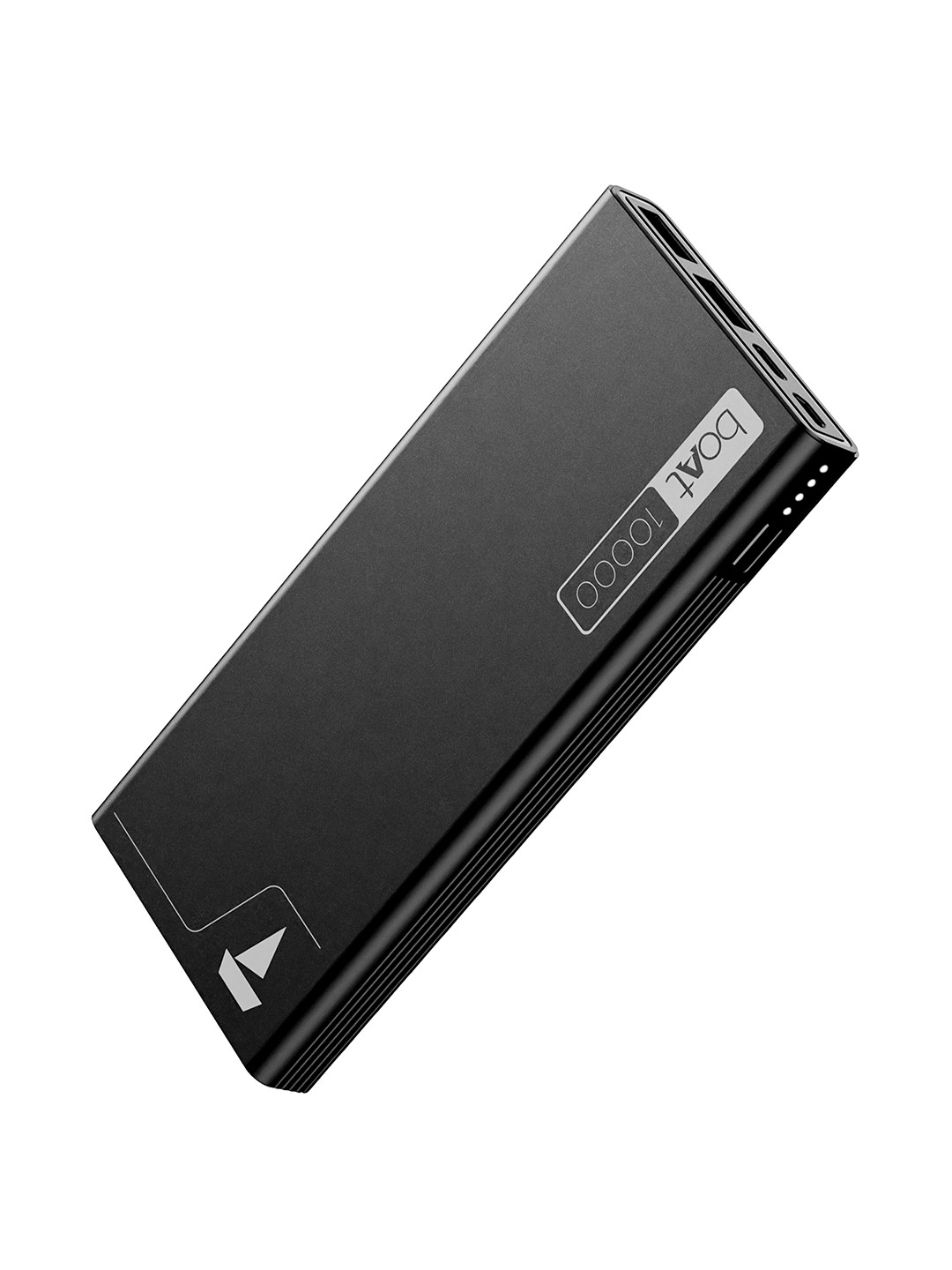Which Dishwasher is Right for You? Top Tips to Choose One That Works Great
Tired of scrubbing dishes at the end of the day? Upgrading to the right dishwasher can make your kitchen a more efficient, less stressful place. Here’s what you should look for to pick one that serves Indian kitchens and cooking habits well.

Top Tips To Pick the Perfect Dishwasher: Smart Buying Guide
Who wants to stand there scrubbing dishes? Literally, no one. And in fact, most bad moods in families stem from arguments over washing dishes. Especially in Indian kitchens, we know all about those oily tadkas, stubborn curry marks, and what feels like a never-ending stack of bowls and plates. However, a solution is at hand - a dishwasher. But before you rush out to buy one or get lost looking at deals online, it's a good idea to first think about what kind of machine would actually work best for your kitchen. Notably, not all dishwashers are made equal and something that works well in a European kitchen might struggle with Indian dishes for instance, after a rajma-chawal dinner.
In this guide, we'll walk you through everything you need to know to choose a dishwasher that not only fits your kitchen layout but also suits your daily routine. We'll break down things like size, features, price and how much effort it takes to keep it running smoothly, so you can make a choice that actually makes life easier.
1. Know Your Kitchen And Its Limits
Before you get too excited about adding a dishwasher, take a good look at your kitchen setup. Many Indian homes, especially apartments, were not originally designed with dishwashers in mind. That means space can be tight, so measuring your available area is step one. Trust us, it'll save you a headache later.
Dishwashers usually fall into three categories:
- Full-sized (around 24 inches wide): perfect if you've got a big family or a spacious kitchen.
- Slimline (about 18 inches wide): great for smaller spaces.
- Countertop: ideal for singles or couples, especially if floor space is limited.
Don't forget to check where your plumbing and electrical outlets are. The last thing you want is to buy a shiny new machine and realise there's nowhere to plug it in.
If you're renovating your kitchen, this is the perfect time to plan for a built-in dishwasher. It fits right into a modular kitchen layout and gives your space a neat, modern finish.
2. Pick A Capacity That Matches Your Family Size
Dishwasher sizes are usually measured in place settings; basically, one full set of dinnerware per person: plate, bowl, glass, cutlery, the works. A standard full-sized dishwasher fits about 12 to 14 place settings, which is just right for a family of four or more.
If it's just you or you and a partner, an 8 to 10-place setting model might do the trick. But here's the thing: think beyond regular days. What happens when guests come over? Or when the kitchen turns into a war zone during Diwali prep? That's when a slightly larger model can earn its keep by cutting down on multiple loads.
Also, think about how you cook. If your meals involve pressure cookers, kadhais, or dosa tawas, you'll want a machine with flexible racks and extra room inside. The goal is to clean everything in one go, not scrub the big stuff by hand afterwards.
3. Focus on Indian-Cooking Friendly Features
Indian food is delicious, no doubt, but it leaves a trail. Oily gravies, turmeric stains, masala residue, they're tough on any dishwasher. That's why selecting a model that's built to handle these challenges makes all the difference.
Look for machines with intensive wash cycles, high-temperature settings, and adjustable spray arms. These features help dissolve oil and grime effectively. Some brands even offer specific 'Indian kitchen' modes now, a smart move given the market.
Also, stainless steel interiors are more durable and hygienic than plastic ones, and they cope better with the high heat required for proper cleaning. Bonus points for models that include special holders for pressure cooker lids, spatulas, and small bowls (katoris).
Another must-have? A good filter system. Dishwashers with self-cleaning filters save time and keep the machine running efficiently, with less chance of funny smells too.
4. Consider Energy and Water Efficiency
With rising utility costs and a growing focus on sustainability, choosing an energy- and water-efficient dishwasher is not just eco-conscious, it's smart economics too.
Modern dishwashers use far less water than handwashing. In fact, while washing dishes by hand can use up to 60 litres of water, some dishwashers manage a full load in just 9-12 litres. That's a significant difference in a country where water conservation is becoming crucial.
Check for BEE star ratings (India's Bureau of Energy Efficiency labels). A 4-star or 5-star appliance will consume less electricity per cycle. Yes, the upfront cost may be slightly higher, but the savings over time more than make up for it. Plus, you'll be doing your bit for the planet.
Also, opt for machines with an eco mode, it might take a bit longer to run, but it uses less water and power, ideal for lightly soiled dishes.
Also Read: The Secret To Cleaner Dishes? The Right WayTo Use Your Dishwasher
5. Look for Flexibility in Racks and Interior Design
The way Indian households use utensils can differ significantly from Western norms. Multiple small bowls, pressure cookers, big ladles, these don't always fit neatly into a fixed rack system.
That's why flexibility is key. Dishwashers with adjustable racks, foldable tines, and customisable loading options offer more bang for your buck. You can fit everything from your steel kadai to the delicate glass tumblers without playing utensil Tetris.
Some models also come with a separate cutlery tray or basket that allows for better organisation and cleaning. Look for machines that can accommodate different materials too, steel, ceramic, glass, and occasionally, the odd bit of plastic (though it's best to check if it's dishwasher safe).
These clever design tweaks not only improve efficiency but also reduce the chances of breakage, a real concern when dealing with delicate crockery or heirloom dinner sets.
6. Balance Your Budget and Long-Term Value
In India, price is often a deciding factor. Dishwashers can range anywhere from ₹20,000 for basic countertop models to over ₹70,000 for high-end built-ins with all the bells and whistles.
But instead of just looking at the initial price tag, consider the total value over time. A more expensive model might save on electricity and water bills, last longer, and clean better, saving you time and effort.
Also, pay attention to warranty and after-sales service. Some brands offer 10-year warranties on certain parts or free servicing for the first couple of years. In cities like Mumbai or Delhi, service is usually prompt. But in smaller towns, it's worth checking if there's a reliable network.
If your budget is tight, festive sales and exchange offers can help bring down the cost significantly. Many retailers also offer EMI options, spreading the cost over several months makes it more affordable.
7. Consider Noise Levels and Washing Time
No one wants a machine that roars like an old truck in the middle of the night. If your kitchen is near your living space, or if you often run loads after dinner, noise levels matter.
Look for models with quiet operation features, typically listed in decibels (dB). Anything under 50 dB is considered quiet. It's particularly handy for joint families where kitchen activity runs late into the night or early in the morning.
Equally important is the wash time. While some cycles can take up to 2–3 hours, quick wash options are perfect for less soiled dishes or when you're in a rush. If you entertain often or cook multiple meals a day, these shorter cycles come in handy.
Some dishwashers even have smart sensors that adjust the wash cycle based on the dirt level, a nifty feature for Indian homes where the difference between breakfast plates and post-dinner utensils can be dramatic.
8. Go For A Trusted Brand With Good Customer Support
Finally, brand matters, not just for the name, but for the reliability, service, and ease of finding spare parts. Popular brands in India include Bosch, IFB, LG, Siemens, and Voltas Beko. Many of these now tailor their products specifically for Indian cooking styles.
Check for online reviews, ask neighbours or family, and don't hesitate to quiz the salesperson about maintenance and repairs. Is the filter easy to clean? How often do you need servicing? Are replacement parts easily available?
Good customer support can make all the difference. A prompt service team and accessible helpline can save a lot of hassle down the line, especially if something breaks down just before a festival or family gathering.
Also, consider if the brand offers in-home demos. These walkthroughs help users get the most out of their dishwasher and avoid common usage mistakes.
Products On Flipkart Related To This Article
1. Voltas Beko by A TATA Product DT8B Free Standing 8 Place Settings Intensive Kadhai Cleaning| No Pre-rinse Required Dishwasher
2. Elista EDC12SP Free Standing 12 Place Settings Dishwasher
3. BOSCH SMS66GI01I Free Standing 13 Place Settings Intensive Kadhai Cleaning| No Pre-rinse Required Dishwasher
4. IFB Neptune FX14 Free Standing 14 Place Settings with 70 Degree Hot Water Wash, 360 Degree Spray Arm, Hygienic Steam Drying, White Dishwasher
5. IFB Neptune VX16 Free Standing 16 Place Settings with ION Technology, Auto Door Open, 70 Degree Hot Water Wash, Hygienic Steam Drying, Inox Grey Dishwasher
6. Voltas Beko by A TATA Product DF14S2 Free Standing 14 Place Settings Intensive Kadhai Cleaning| No Pre-rinse Required Dishwasher
7. BOSCH SMS66GW01I Free Standing 13 Place Settings Intensive Kadhai Cleaning| No Pre-rinse Required Dishwasher
8. BOSCH SMS6HMI00I Built-in 15 Place Settings Dishwasher
Finding the perfect dishwasher isn't just about checking off a list of features, it's about figuring out what suits your lifestyle, your kitchen layout, and your daily cooking patterns. Whether your evenings are packed with elaborate meals or you stick to fuss-free dishes, there's a model that'll suit your rhythm.
In Indian households, where meals are a major part of the day, dishwashers aren't a splurge anymore; they've become clever, time-saving allies in the kitchen. Pick the right one, and you'll skip the tedious cleanup and dive straight into that soothing cup of filter coffee. So take some measurements, plan thoughtfully, and pick a dishwasher that truly deserves its spot in your home.
Disclaimer: The images used in this article are for illustration purpose only. They may not be an exact representation of the products, categories and brands listed in this article.




























